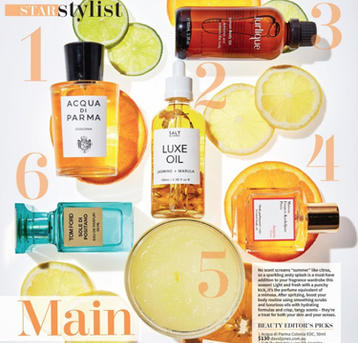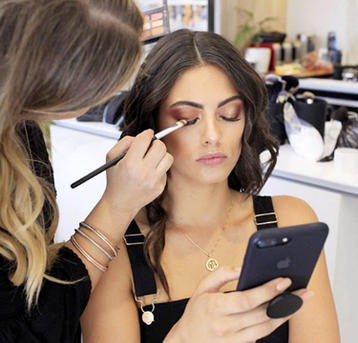Beauty brands are finally moving away from unattainable, hyper-airbrushed and hyper-sexualised perfection in advertising, and are now instead moving towards a more inclusive, stereotype-free ad landscape. And in the wake of this rapidly changing industry, Cosmetics Business – a UK-based cosmetics and personal care news site – recently compiled a report outlining the five biggest trends in beauty advertising we’re set to see over the coming years.
1. Getting rid of stereotypes
It is 2018 and time to throw away any preconceptions you may have about beauty. Men and women both young and old are beauty and personal care consumers; and the stereotypical characteristics used to sell products to consumers need to be thrown away.
“It’s about reflecting the reality of beauty without tokenising or patronising in the process, underlining the fact that beauty belongs to all types of people, no matter their racial background, gender, size, age, physical or mental ability and more besides,” explains Free the Birds’ Sara Jones to Cosmetics Business.
The best example of a brand doing this is Unilever. In 2016 the personal care giant announced its ‘Unsterotype movement’ – a move to drop sexist stereotypes in all its brand’s campaigns (specifically men’s body spray brands Lynx/Axe).
2. No more Photoshop
Airbrushing is officially over as years of lash inserts in mascara commercials and airbrushed foundation campaigns come to an end. The push from consumers (and largely millennials) to stop altering images has been heard by brands; with CVS most recently launching an un-retouched beauty campaign called "Beauty in Real Life" featuring real, diverse women in unaltered images.
Unfortunately, it may take some time for people to believe the results in beauty advertisements are realistically achievable. As partner and client services director of Free The Birds told Cosmetics Business: “Simply put, even if beauty companies are telling the truth in their ads, people now don’t believe them. They are so used to being talked down to on every level that there is very little trust, if at all.”
In fact, 69 per cent of women and 65 per cent of girls believe that media and advertising sets an unrealistic standard of beauty that most women can't ever achieve, according to Dove's Global Beauty and Confidence Report.
3. User-generated content
Long-gone are the days of highly-desirable celebrity endorsements, as the need for authenticity in advertising is embraced by younger generations.
Cosmetics Business’ 2018 study on the topic found that 60 per cent of consumers say that user-generated content (UGC) is the most authentic and influential form of content; and Takumi co-founder Solberg Audunsson confirmed this, saying: “Communities precede products in the age of social. The beauty product is such a commodity and consumers control so much of the narrative because of social media. So letting them own a part of the narrative is what makes things ring true today.”
One prime example of a brand utilising user-generated content to its fullest potential is Chanel’s new beauty Instagram @welovecoco – the account is purely dedicated to showcasing the creativity of Chanel beauty lovers.
4. Influencers taking over
Influencers are the new celebrities and now the answer to authenticity for many brands. Everyday people with large followings, giving their own opinions and creating content around a product, is now seen as a far more influential way of getting consumers to trust a product than a paid celeb endorsement.
Industry experts spoke to Cosmetics Business to highlight the top ways beauty brands’ use of influencers will develop over the next couple of years:
- Replacing celebrity faces
- Less-staged product placement and more authenticity
- Long-term collaborations
- A focus on new talent
- Influencers selecting the brands they want to work with
- Influencers assisting in product development
- Influencers matching brands together
- Working with micro-influencers
5. Reinventing television advertising
Last year advertising spend on digital overtook TV for the first time ever. Beauty giants like Unilever, P&G and L’Oreal have been spending the past few years shifting their ad dollars over to digital, and now a plethora of brands are following suit.
However, television advertising isn’t going anywhere and many agencies are recommending a multichannel approach to advertising – where the same advert is pushed out across digital, television and streaming.




